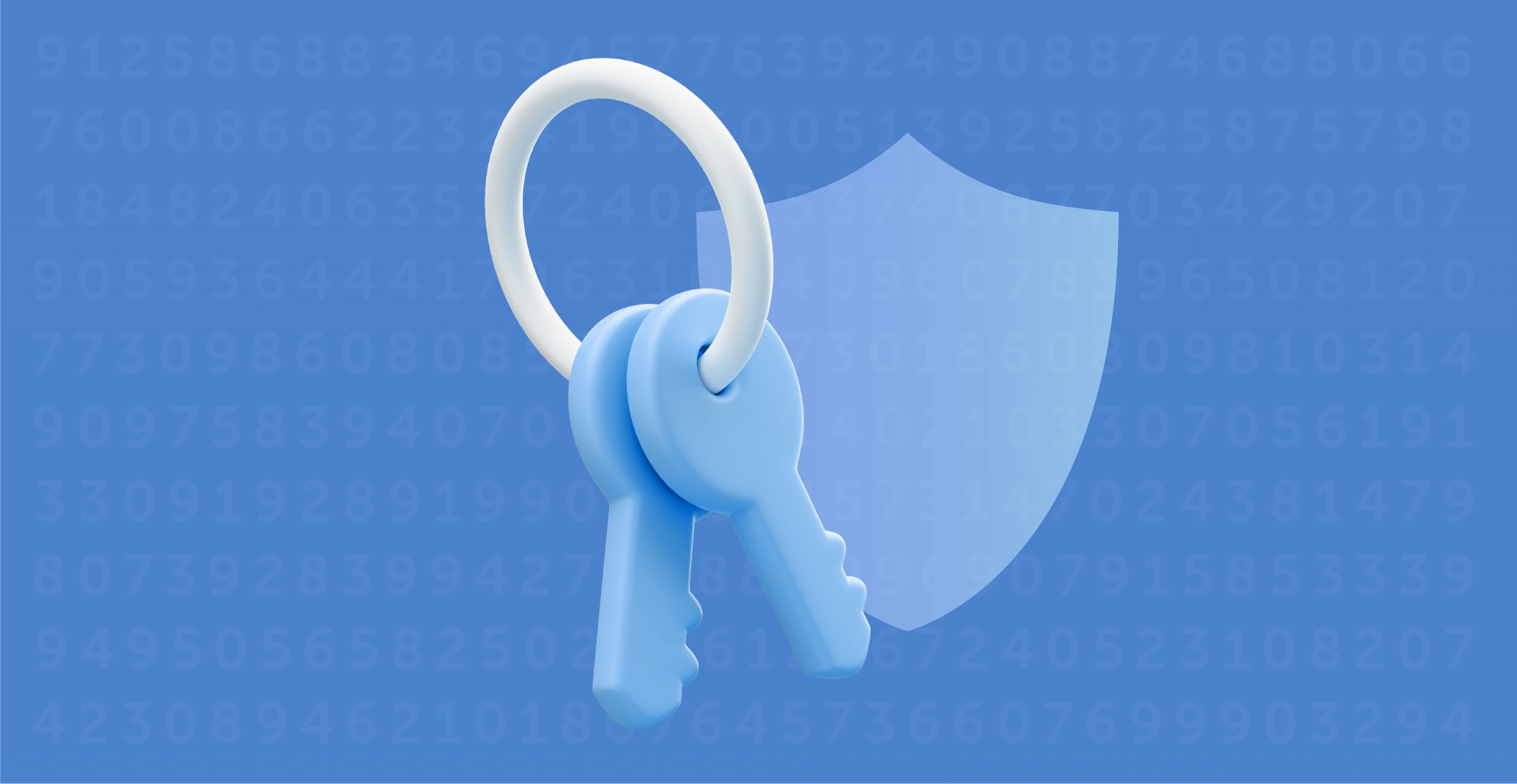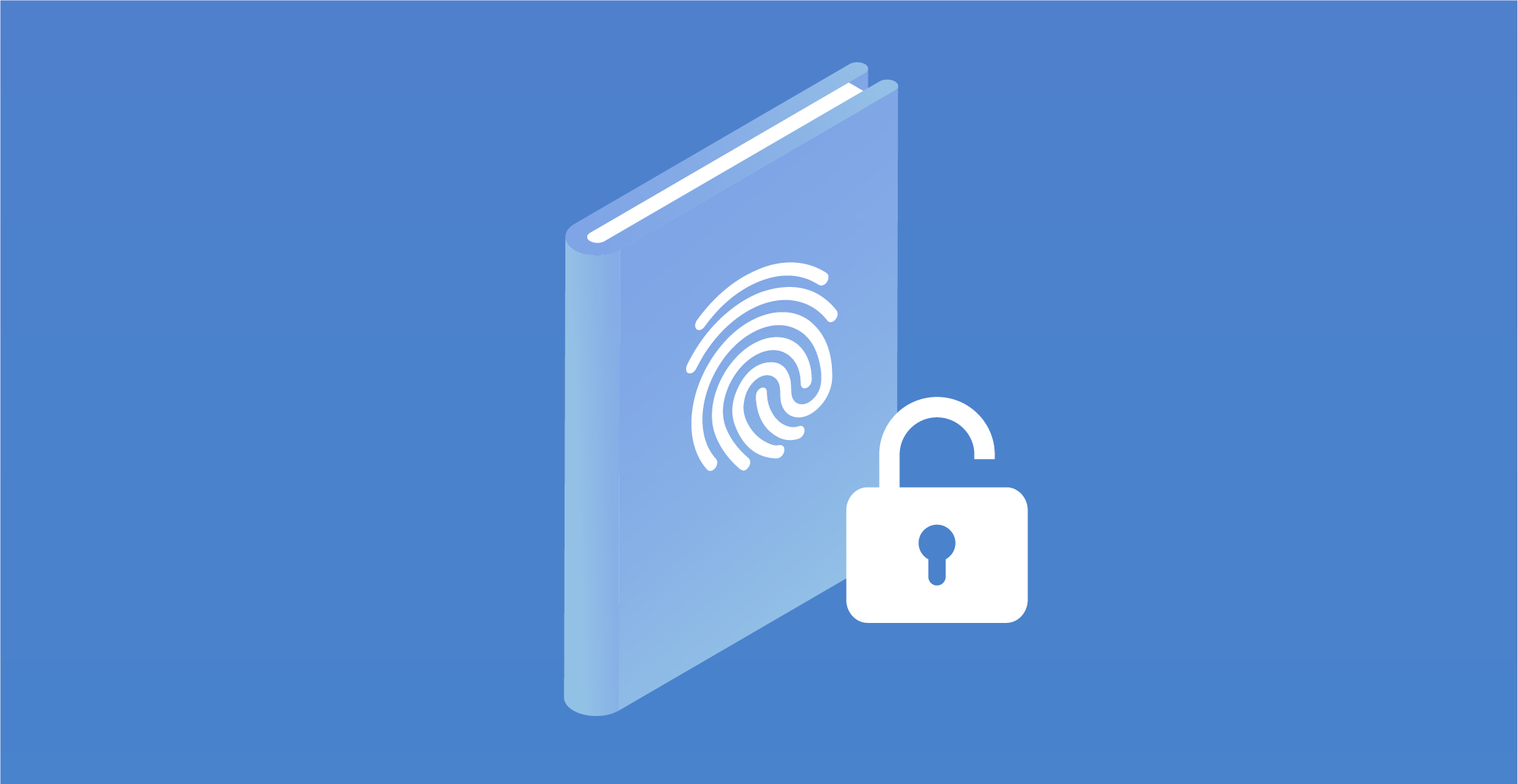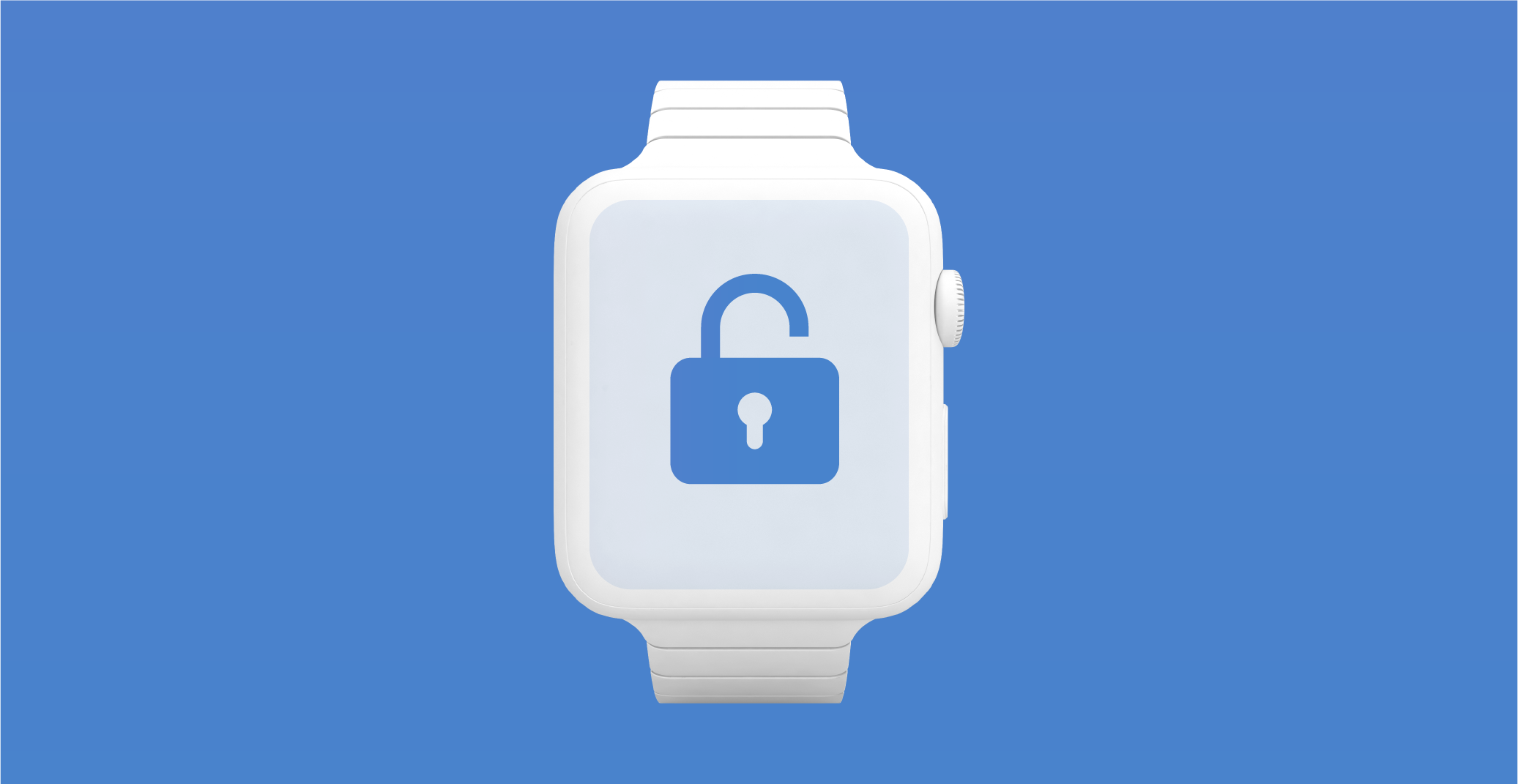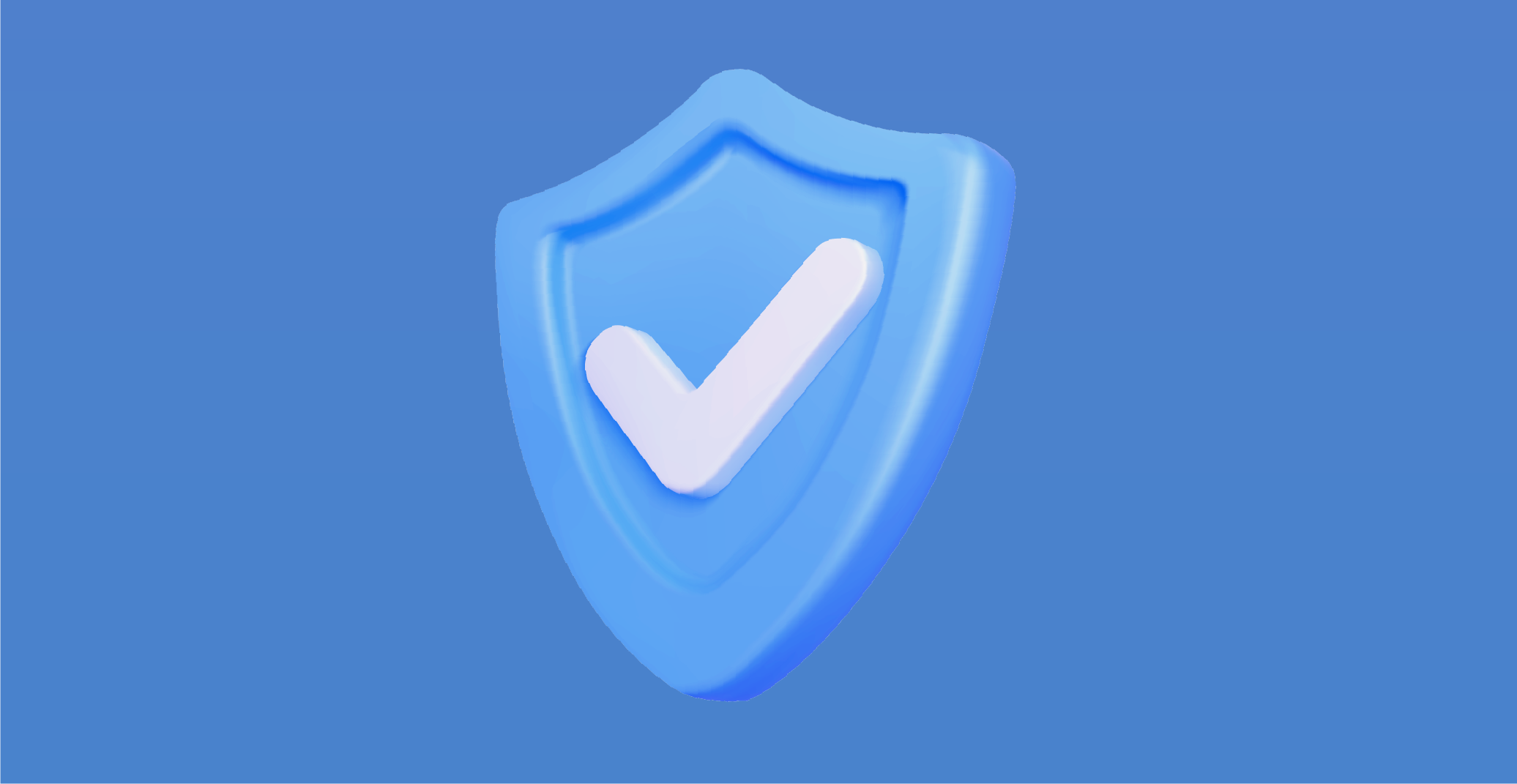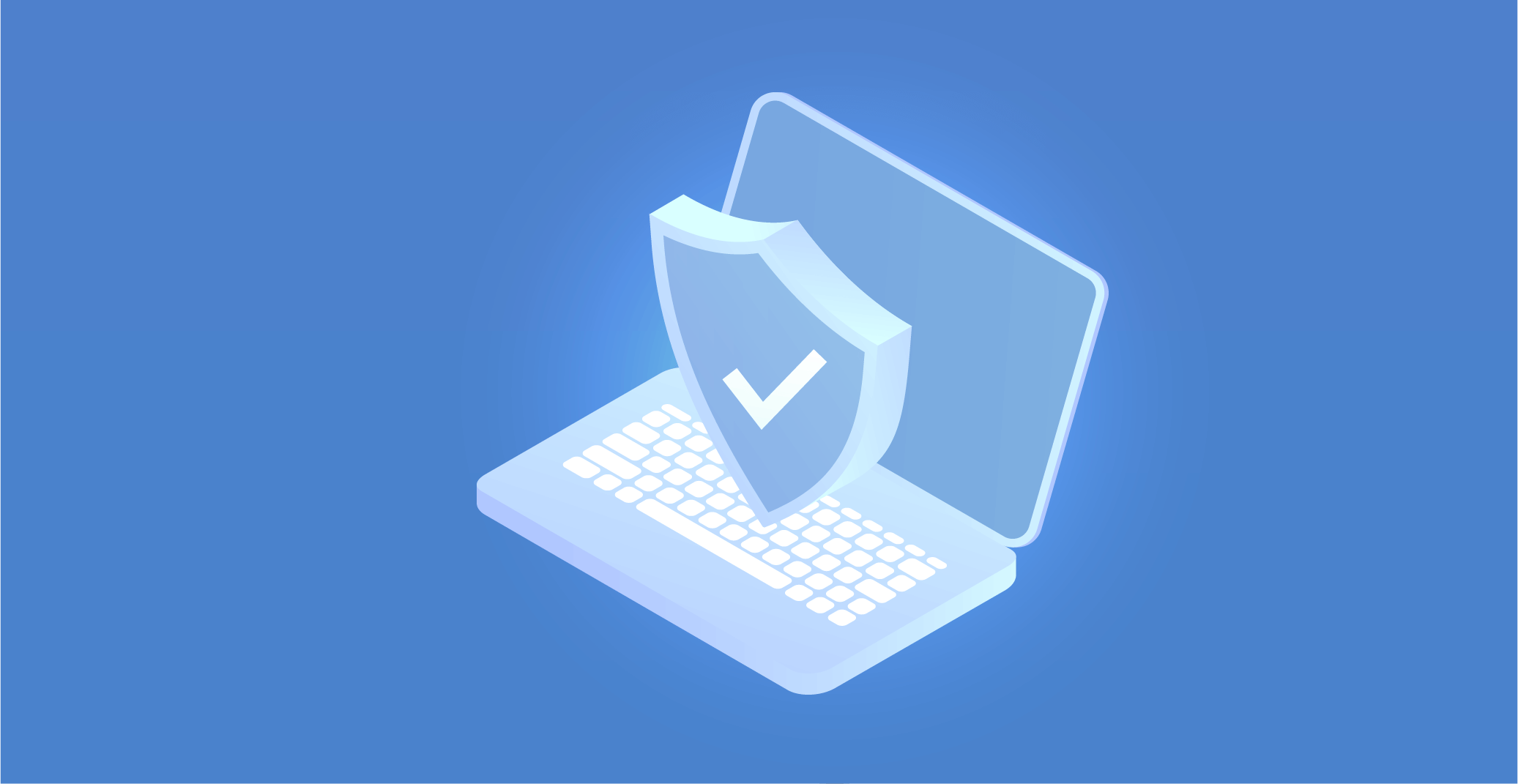
When it comes to investing in company security, there are different approaches. Some organizations allocate substantial funds to proprietary solutions offered by vendors, while others opt to develop their own SIEM (Security, Information and Event Management systems) using open-source code.
The question arises: which option is more cost-effective in practice? Should one pay for a proprietary solution or rely on open-source alternatives? In this article, we delve into the realm of free SIEM solutions used in companies today, as well as the reasons why information security specialists often exhibit reluctance towards them.
A closer look at open-source SIEM systems
The appeal of open-source solutions increases with fewer restrictions. The most popular free SIEMs possess the ability to handle any number of users and data, offering scalability, and garnering support from the IT community.
Among the top-tier open-source SIEM systems, you’ll find:

AlienVault OSSIM SIEM. A version of AlienVault USM, a leading solution in this domain worldwide. Users gain access to a free framework encompassing intrusion detection systems, network and host monitoring, vulnerability scanning, and other open-source tools.

MozDef. Developed by Mozilla, MozDef is a SIEM system created from scratch. Similar to AlienVault OSSIM SIEM, it is built upon tried and tested open-source projects. The developers claim that MozDef can handle over 300 million events daily.

Wazuh. Originally developed within another open-source SIEM system called OSSEC, Wazuh evolved into a standalone product. It is capable of simultaneously collecting data through agents and system logs. Wazuh boasts a modern web interface, REST API, and an extensive set of rules.

OSSEC SIEM. Often referred to as the older sibling of Wazuh, OSSEC SIEM is widely recognized in the information security community as a reliable free intrusion detection solution.

Sagan. This SIEM tool specializes in real-time analysis of network inputs and the evaluation of their correlations. Its high performance stems from a multi-threaded architecture.

Prelude OSS. Serving as an open-source counterpart to the paid Prelude SIEM system from French developer CS, Prelude OSS supports various log formats and seamlessly integrates with popular open-source tools developed by others.
Additionally, companies often employ other free products like ELK SIEM, Snort, Suricata, SecurityOnion, Apache Metron, and more to construct their own systems. Many of these options are limited versions of proprietary software offered by vendors to familiarize users with their core systems.
When open source code is appropriate
One popular reason for implementing open-source SIEM today is to test-drive commercial systems, even with a minimal set of features. Free open-source versions allow professionals to evaluate expensive products in a live environment and gain insights into their inner workings.
Moreover, an open-source SIEM system becomes a viable choice when an organization can engage a large team of programmers. Any open-source solution necessitates further development and adaptation to fit seamlessly within the company's IT infrastructure. If there is no team available to handle these tasks, the utilization of free solutions loses its purpose.
One of the main challenges faced by companies employing open-source software is the lack of qualified specialists. Developing and maintaining such SIEM systems requires experienced Linux administrators, analysts, and experts proficient in connecting new sources, developing correlation rules, designing dashboards, and more. Given that freeware often comes with minimal features and customization options out of the box, significant work is involved, particularly during the initial months post-implementation.
These factors can impact the total cost of ownership of a system. Consequently, Open Source SIEM is a viable choice only for those who possess a thorough understanding of their requirements and have the necessary resources.
Challenges in open-source SIEM
There is a saying that "Linux is only free when you don't value your time." The same holds true for open-source SIEM tools. Difficulties in product improvement contribute to the compromised security of open-source products. Addressing identified vulnerabilities can often take weeks or even months, providing an opportunity for cybercriminals to exploit them.
There are other notable considerations when it comes to open-source SIEM. Specifically, an open-source system. For example, it lacks official technical support: User queries regarding installation and maintenance of free solutions are typically addressed by fellow users, rather than a dedicated owner-developer of the software. Moreover, it may simply cease to exist. Indeed, even if a community actively supported a product yesterday, it may be abandoned the next day, leaving users without crucial updates.
Next, it’s not a ready-to-use solution. To ensure proper functioning with data sources, connectors are required to convert incoming events into a compatible format for further processing.
These challenges are inherent to open-source SIEM systems and cannot be completely avoided. It is up to each company to determine whether they are willing to accept these risks.
Conclusion
Open Source SIEM systems are not universally suitable for every company. On one hand, adapting open-source code to align with specific requirements necessitates a team of highly skilled IT professionals and significant financial resources. On the other hand, regulatory requirements often dictate the installation of certified software in most cases.
However, dismissing open-source tools entirely would be unwise. They can be employed as references when establishing requirements and preferences for paid SIEM solutions.


